Just as brushstrokes define a painting, texture becomes the language through which architects communicate their artistic vision. We believe that one of the reasons that brick is an eternally popular material choice for creating beautiful facades is the wide variety of brick textures available.
From the warm, weathered appearance of a soft mud brick to the contemporary gloss of a glazed brick, architects wield the power of diverse brick textures as a vital tool in their creative arsenal. The careful selection of brick textures allows for the creation of visually captivating facades that define the overall aesthetic of the building, harmonise with the surroundings, or even pay homage to historical context.
Of course, aesthetics and practicality must go hand in hand to make a project a success. In circumstances where traditional brickwork isn’t practical, brick tile cladding systems such as Corium can offer a similar range of textures to play with.
Let’s explore the reasons why architects deliberately choose different brick textures to bring their visions to life and how they contribute to the overall aesthetic and functionality of building facades.

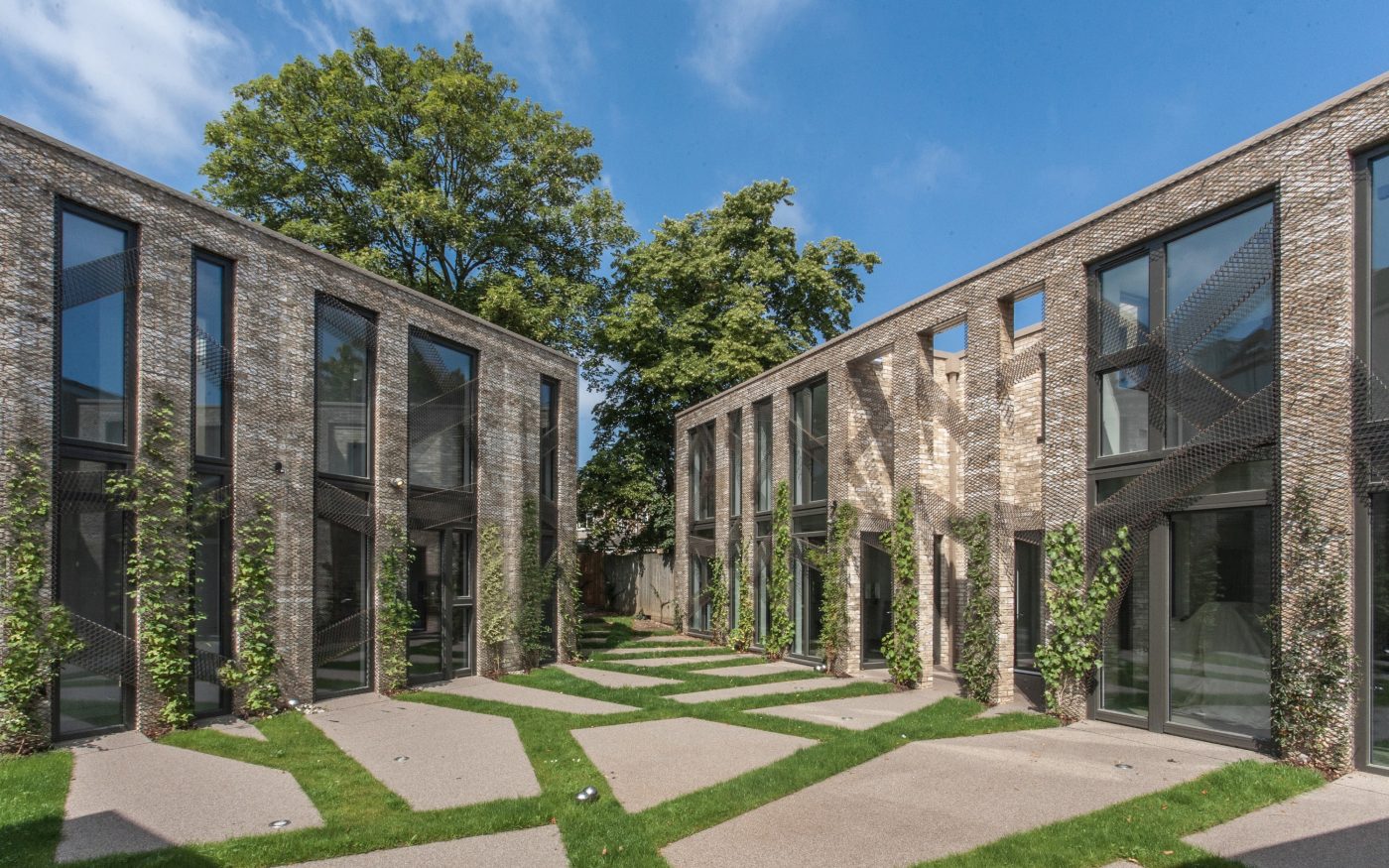
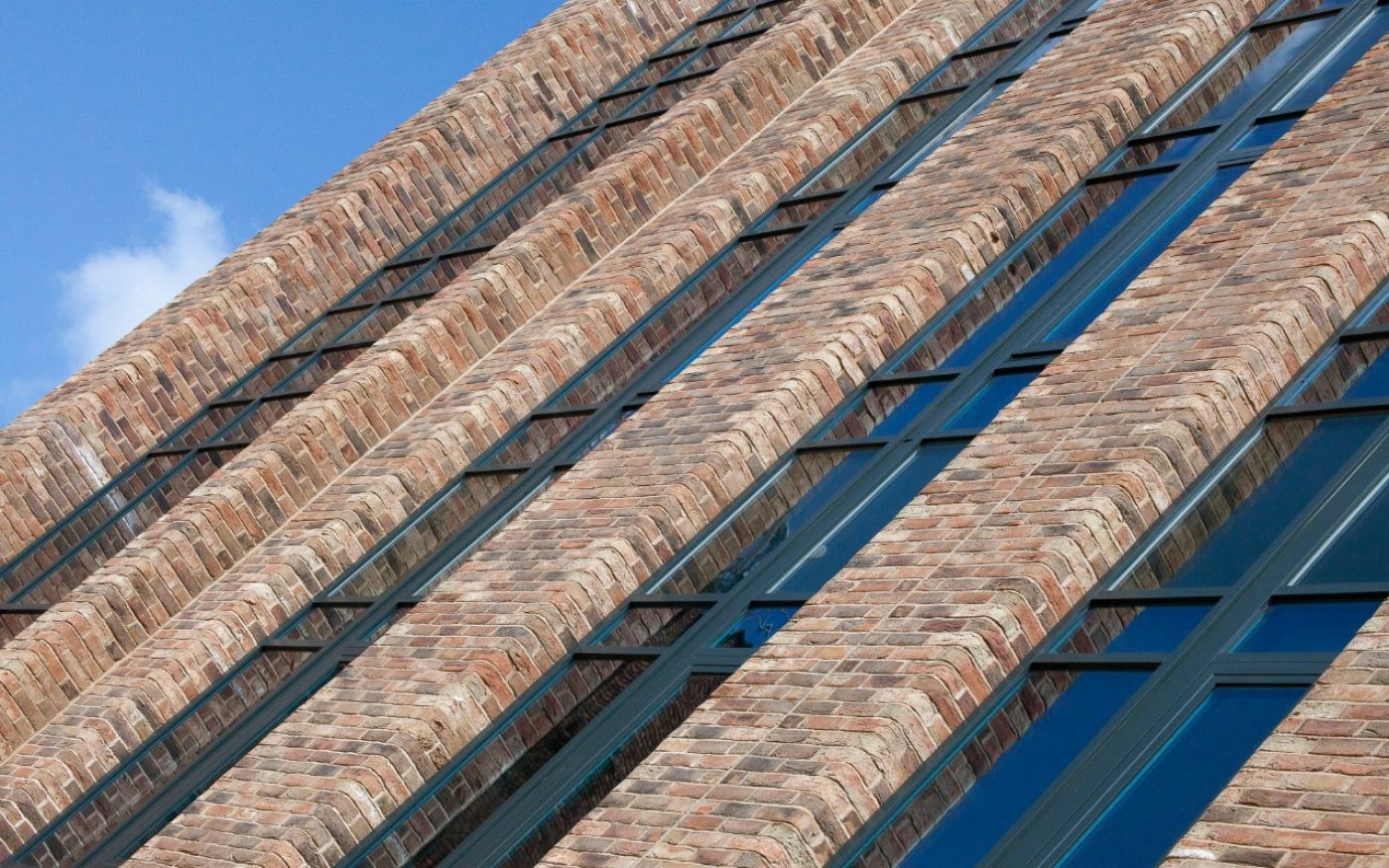
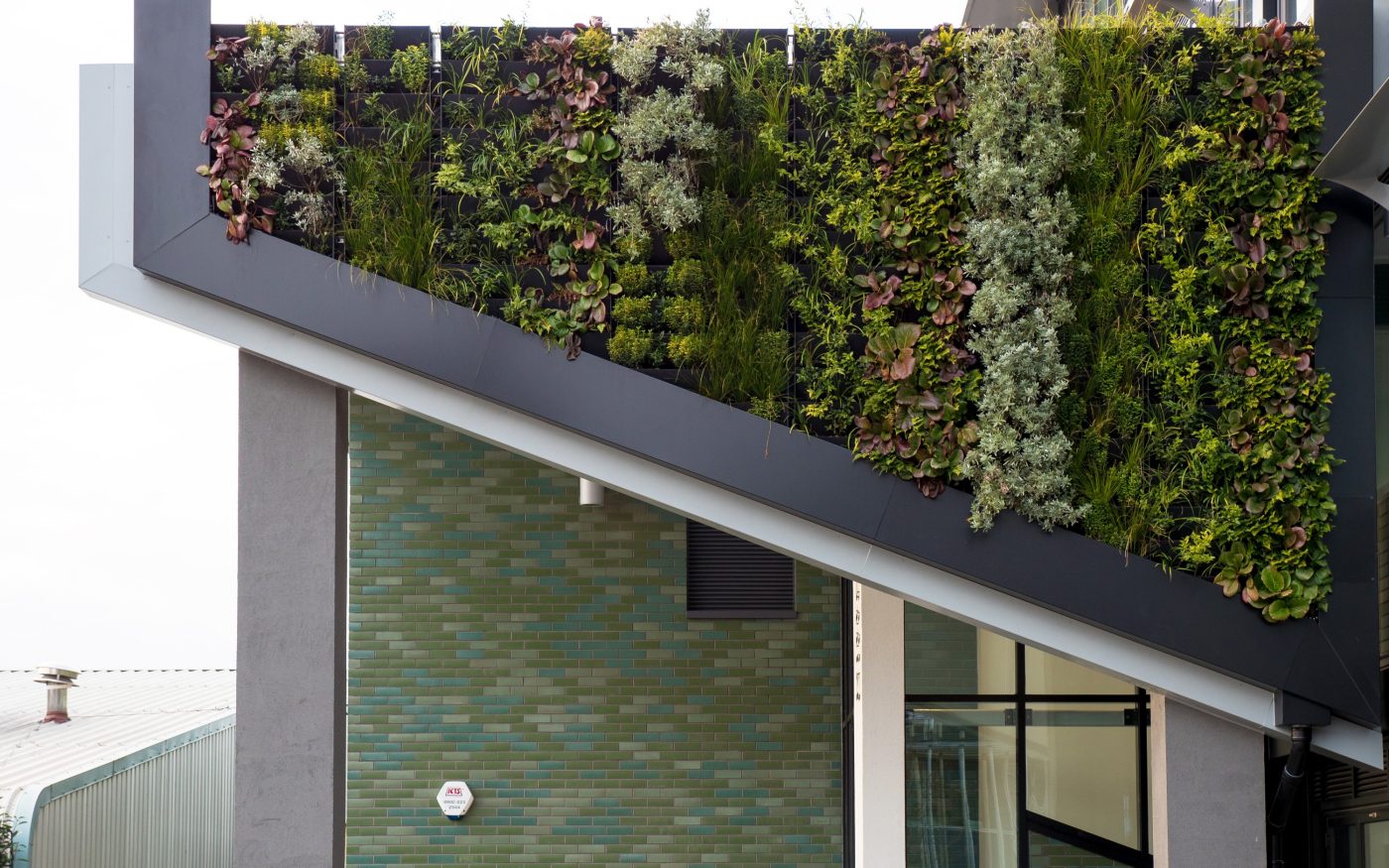.jpg)
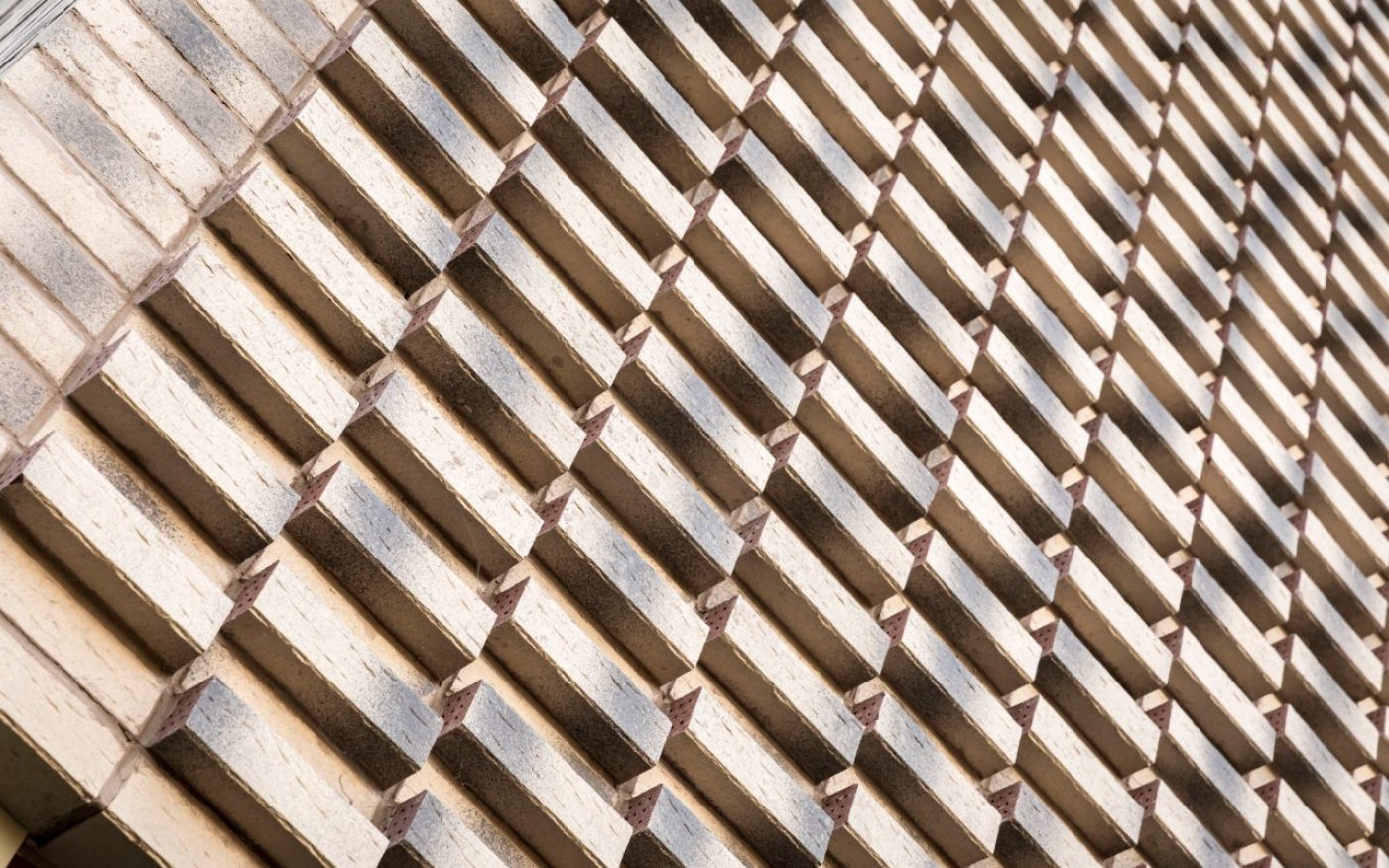
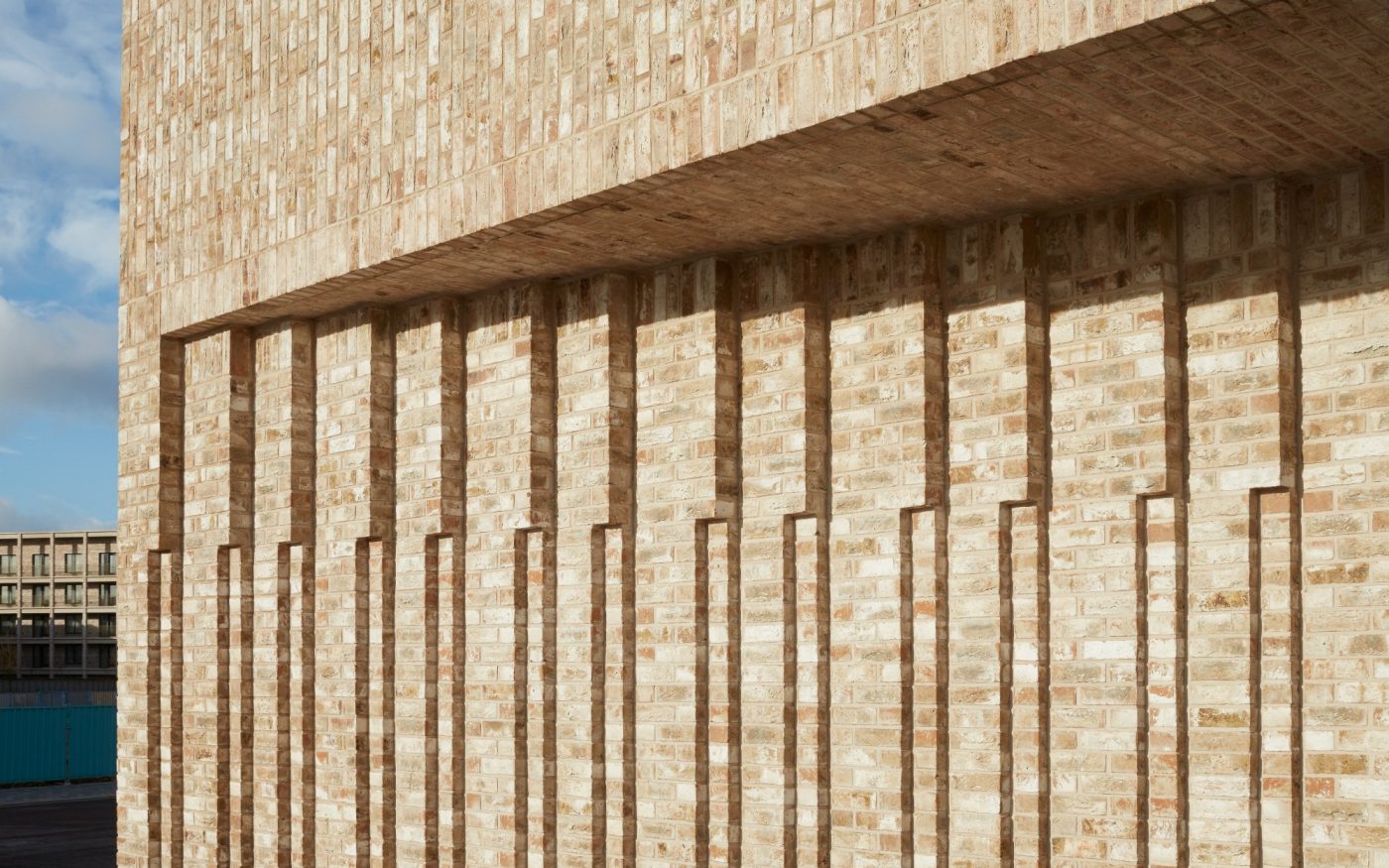
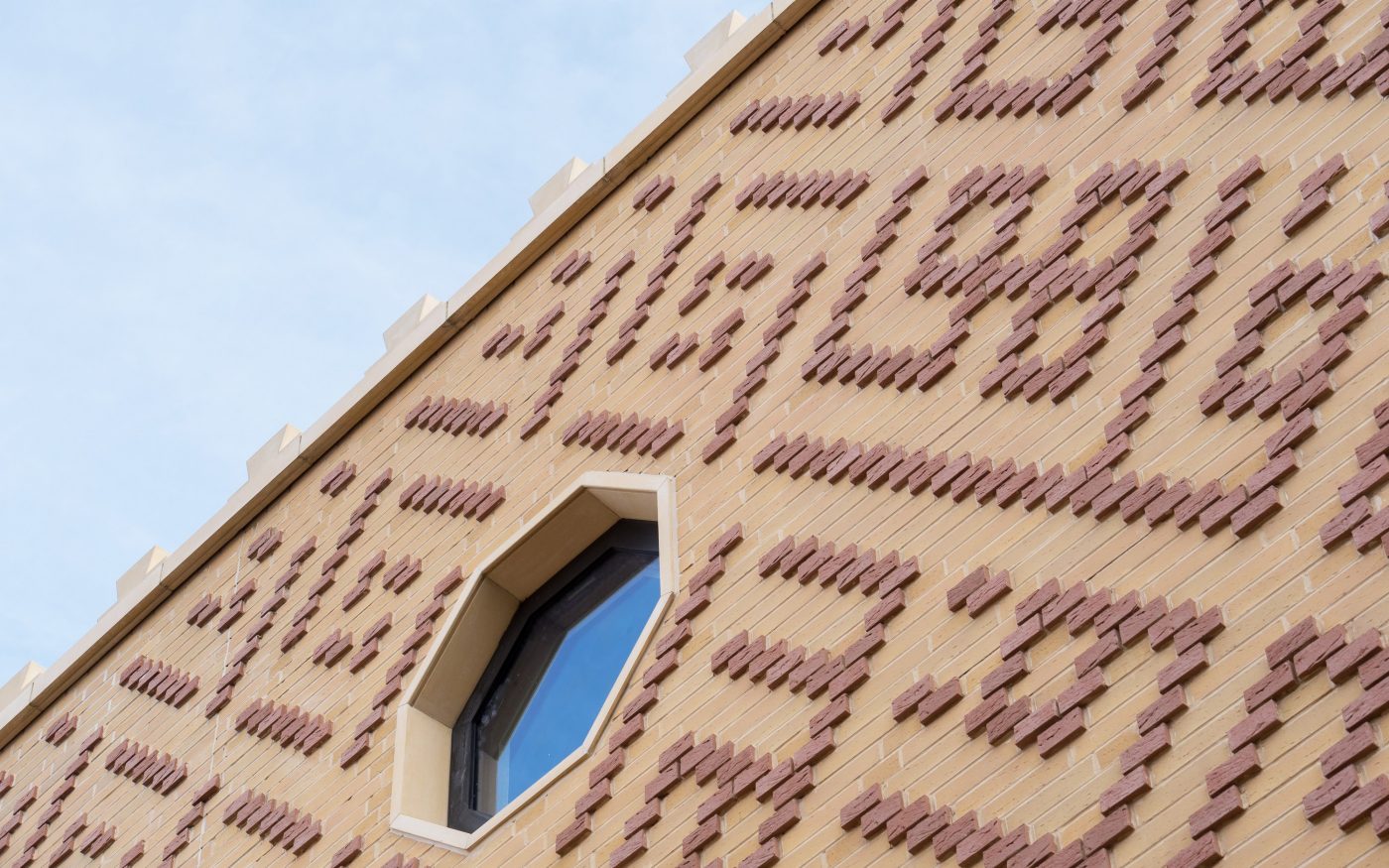.jpg)
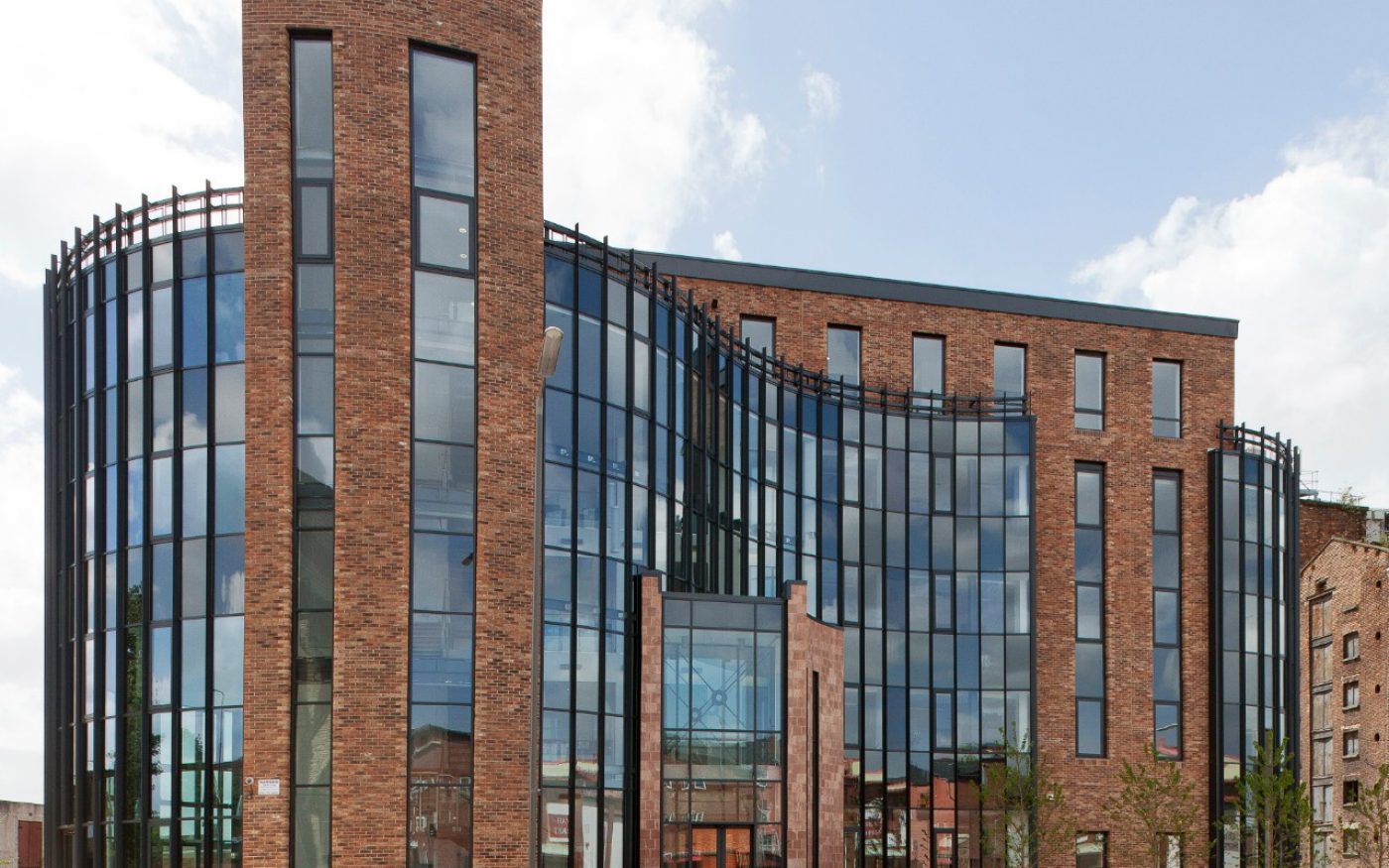
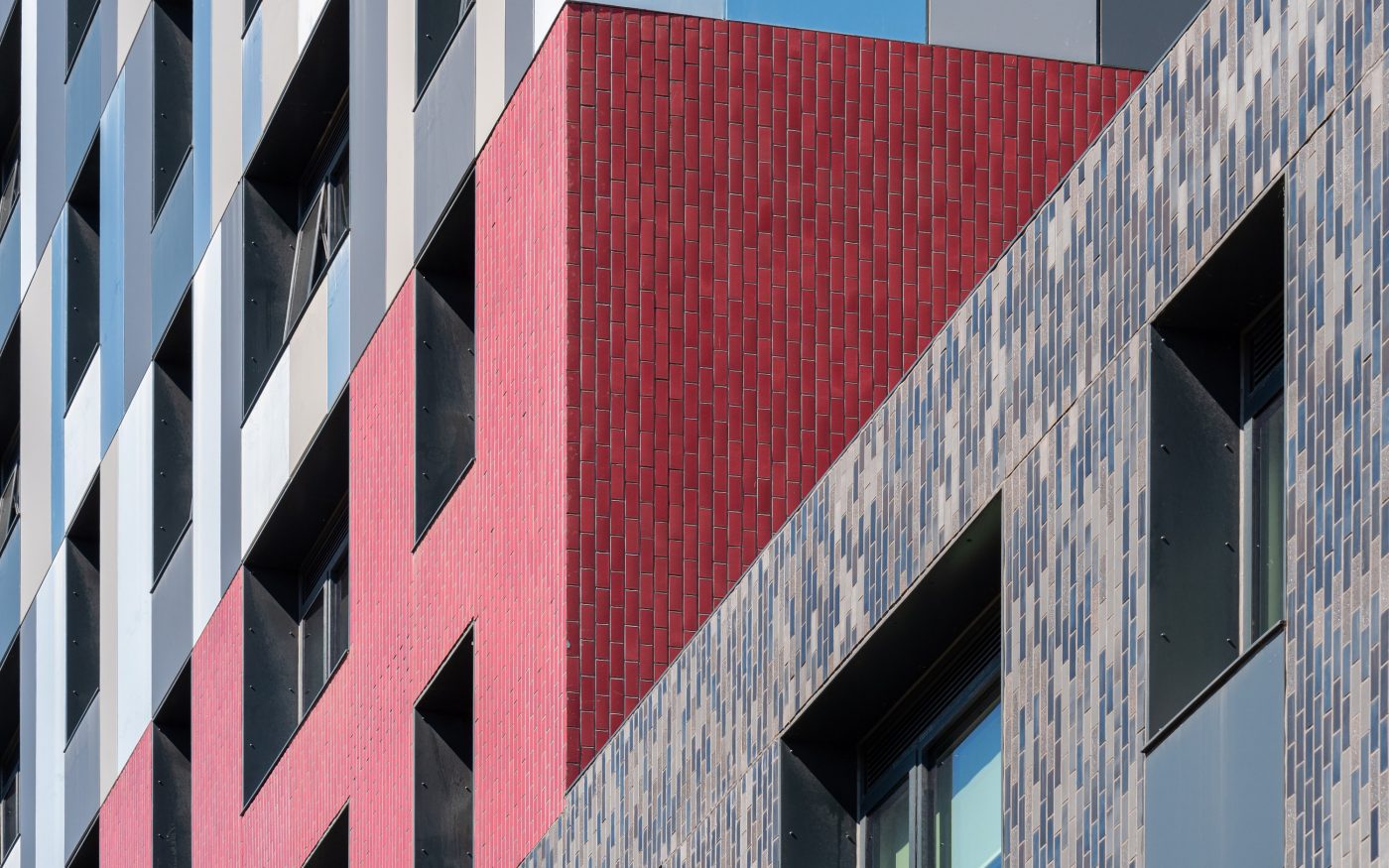
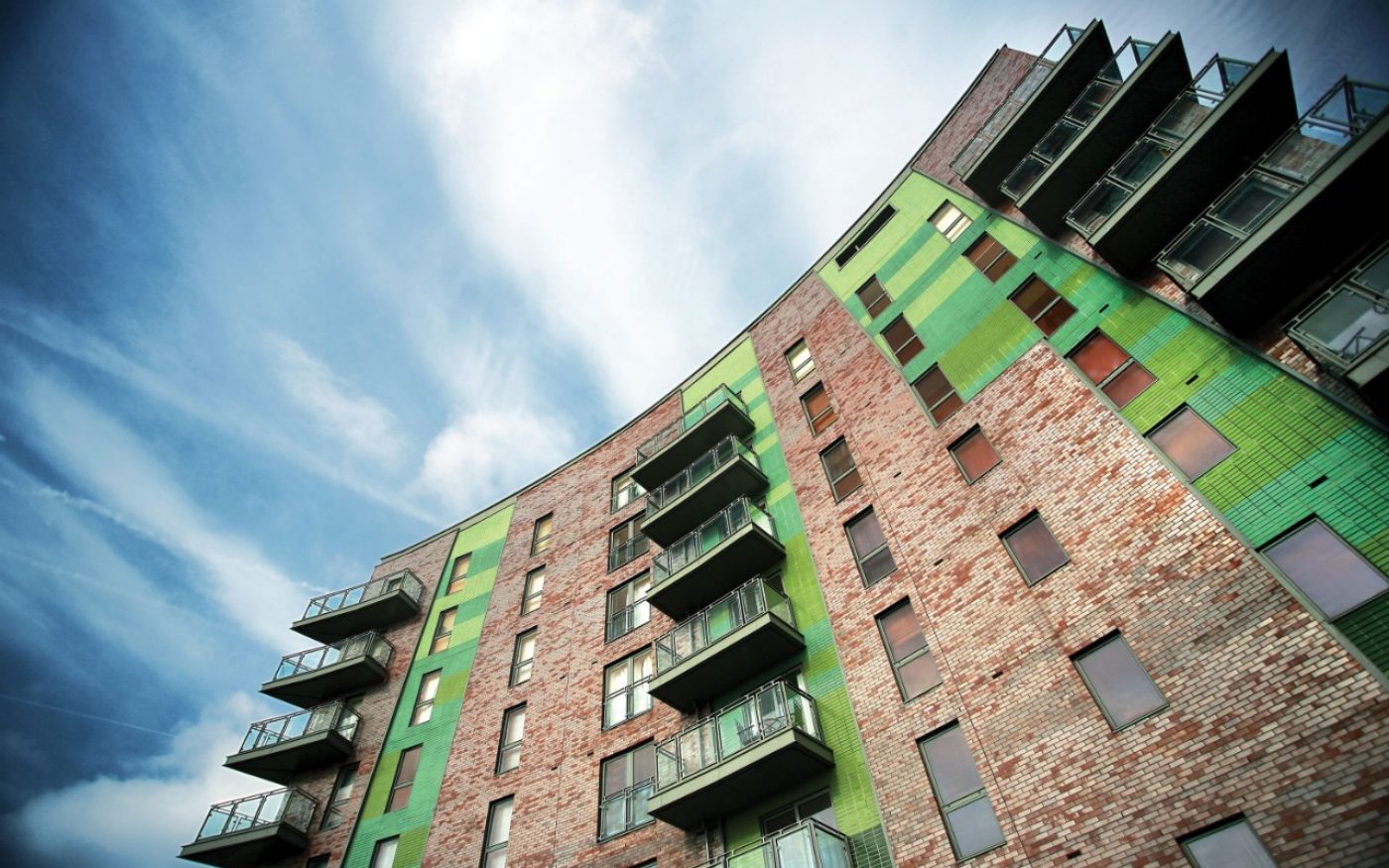
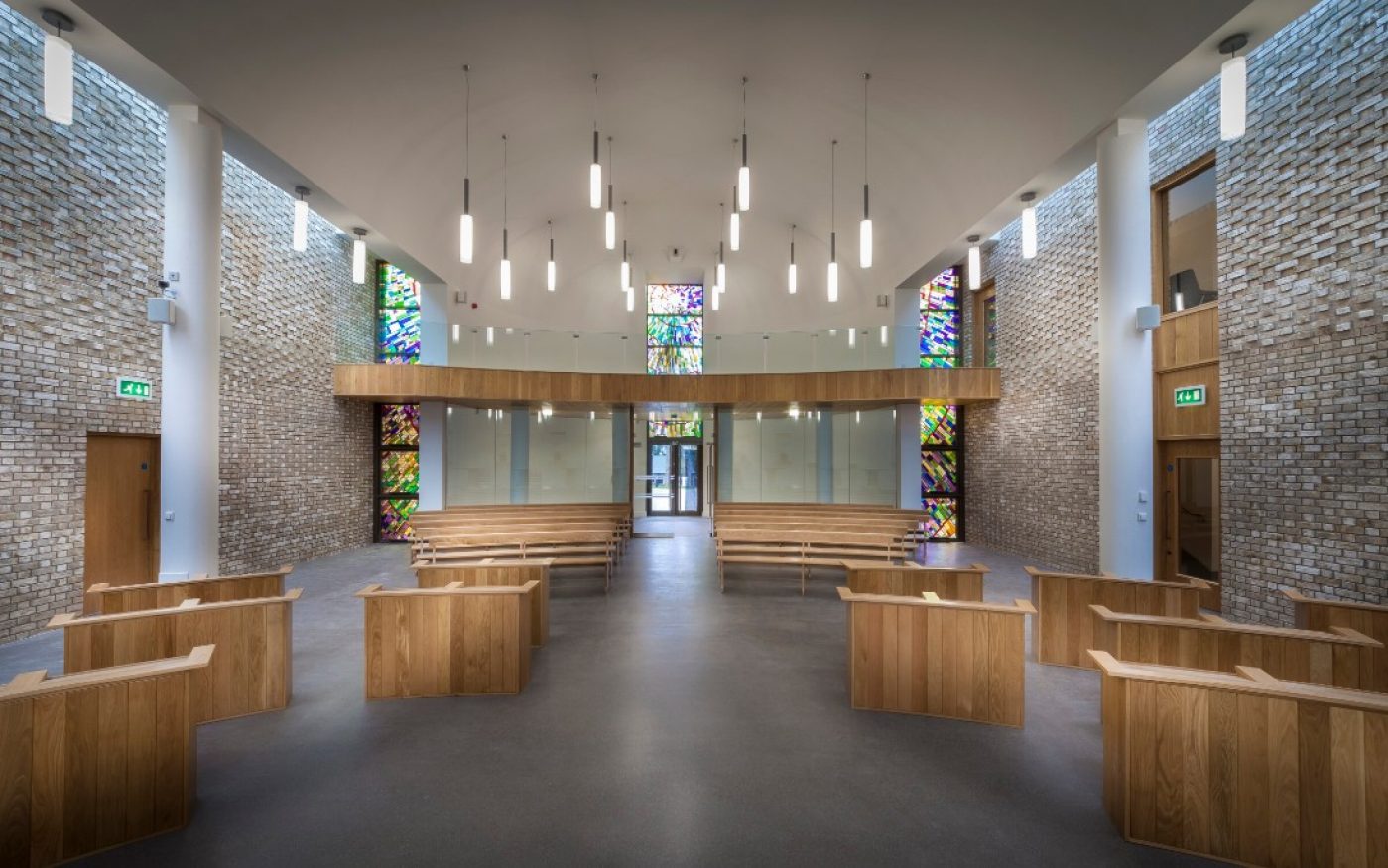
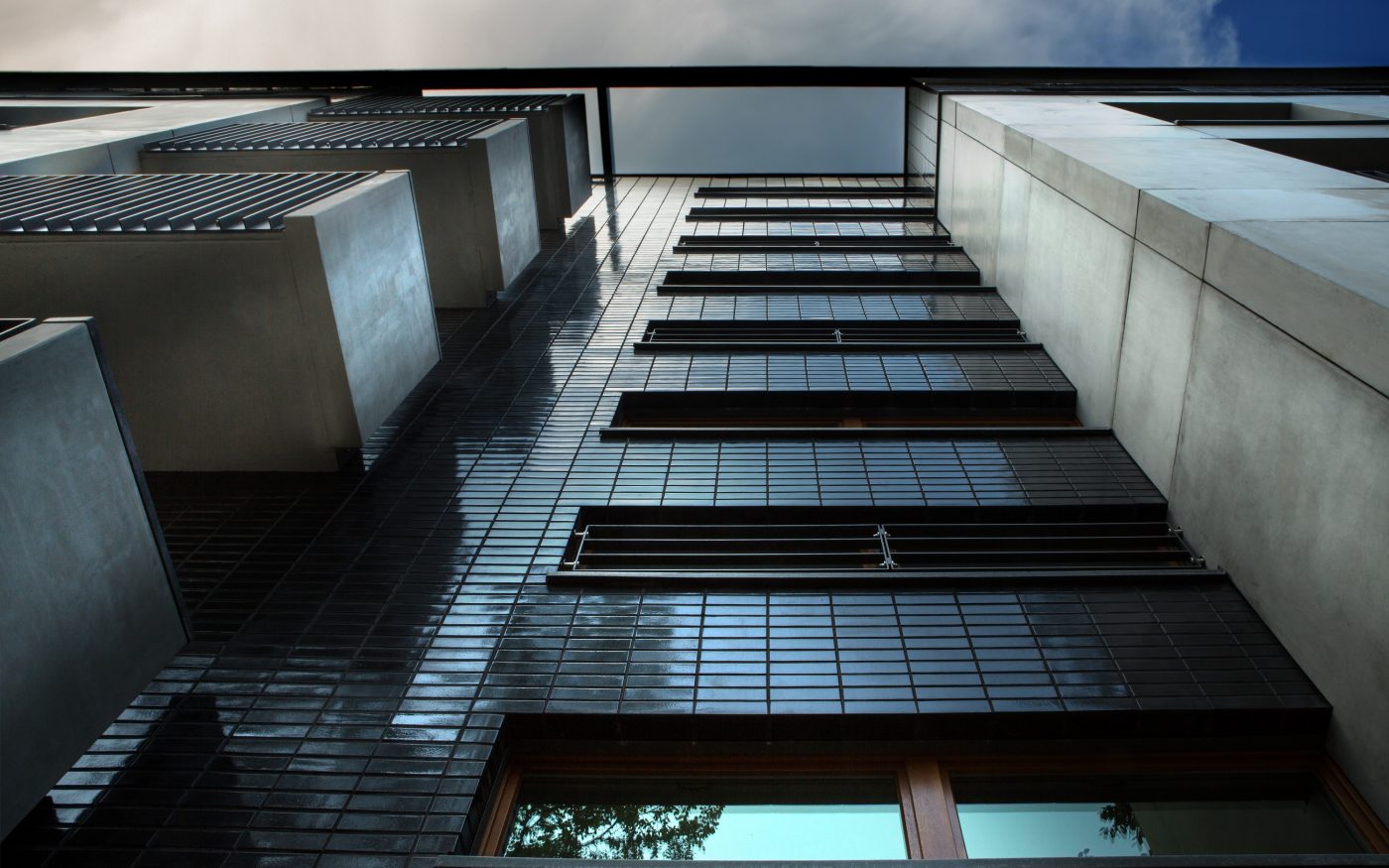
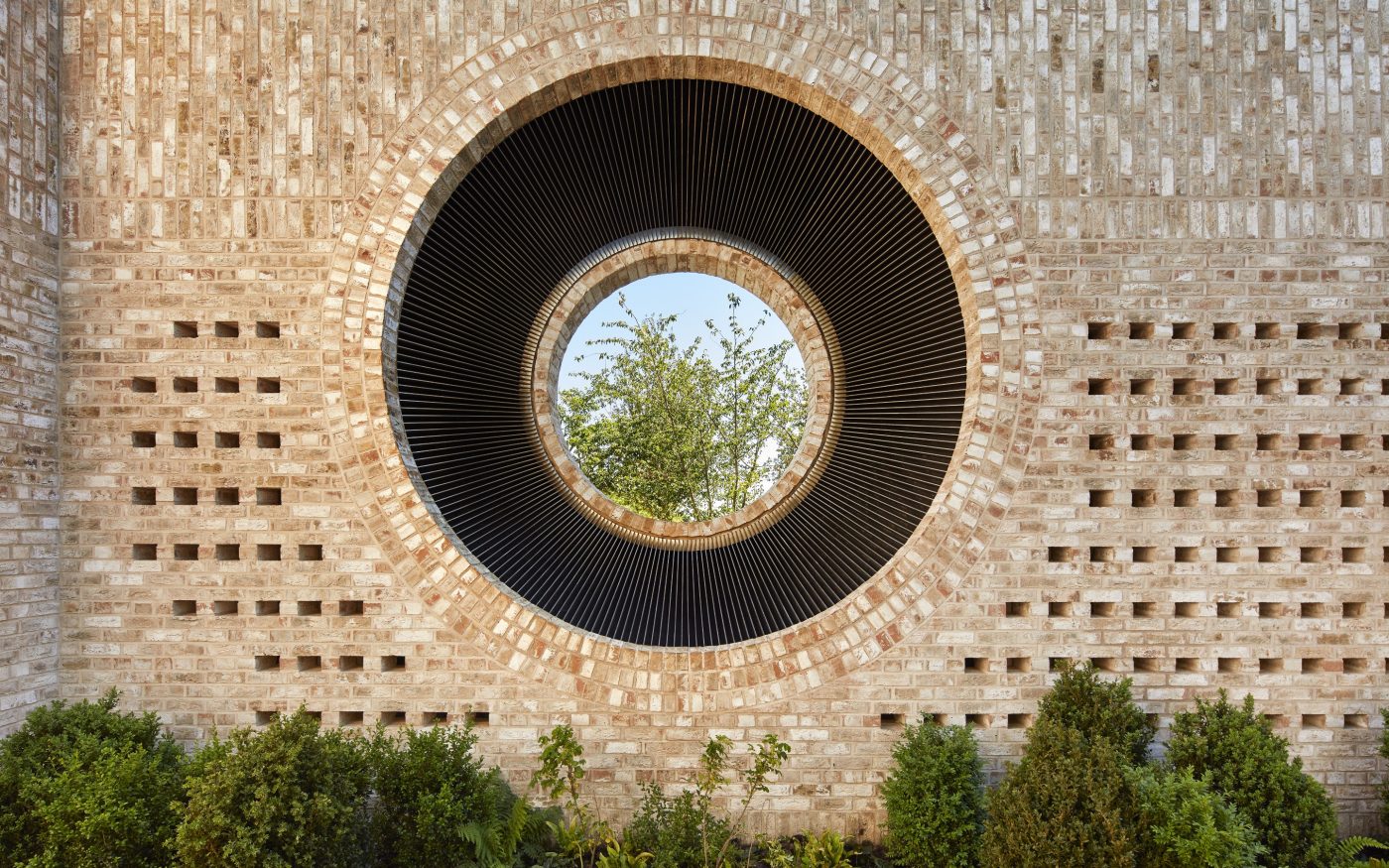
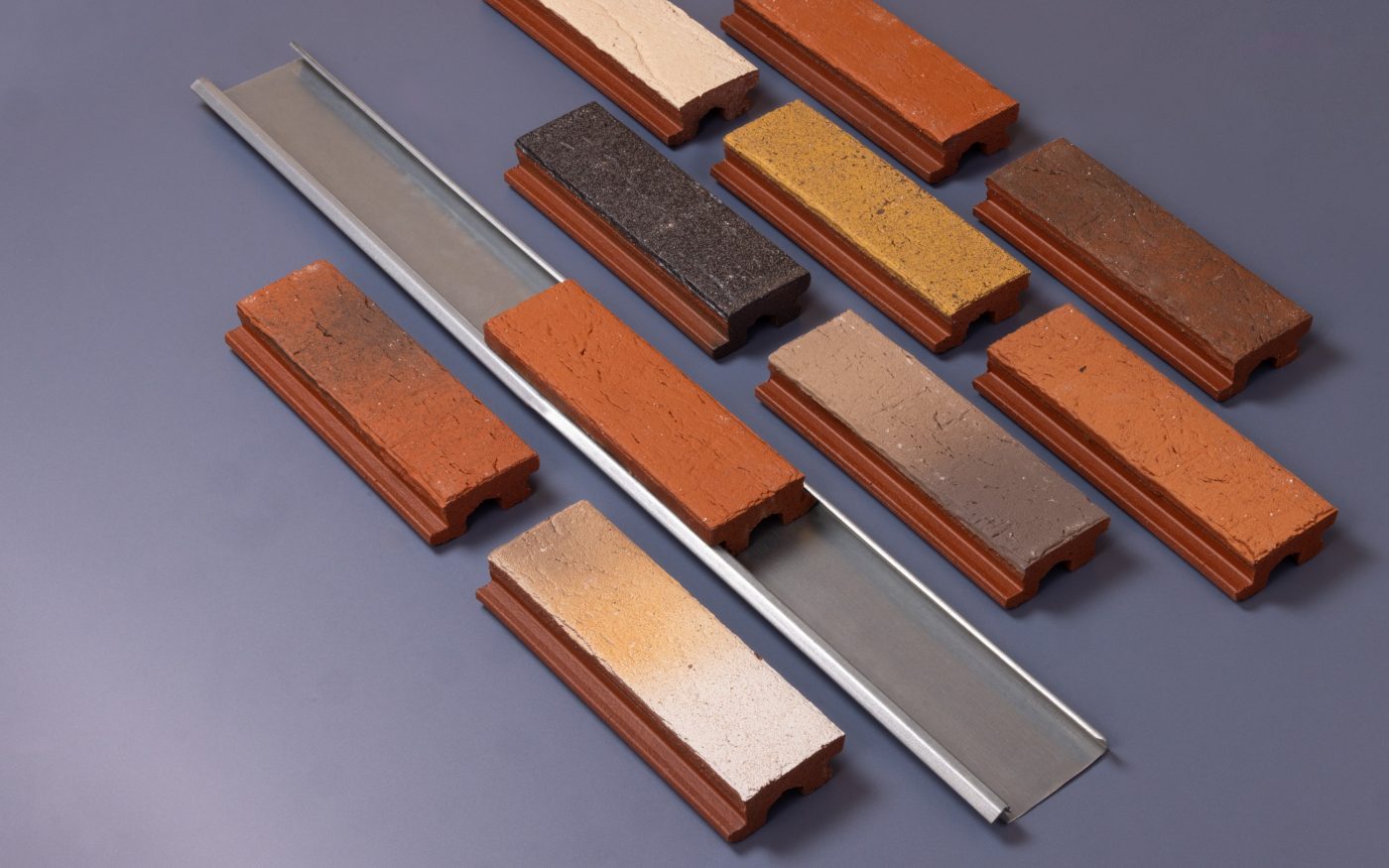
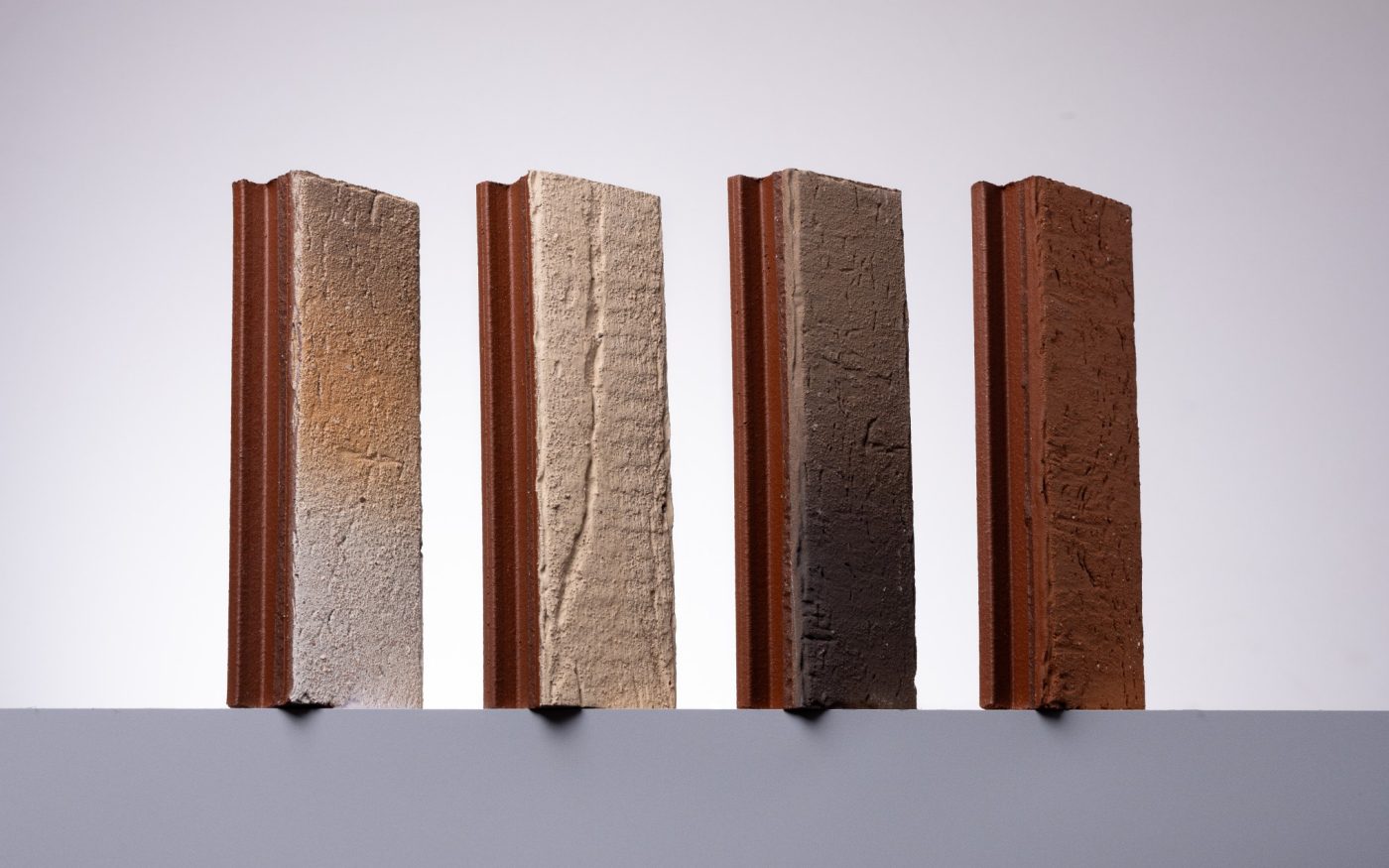
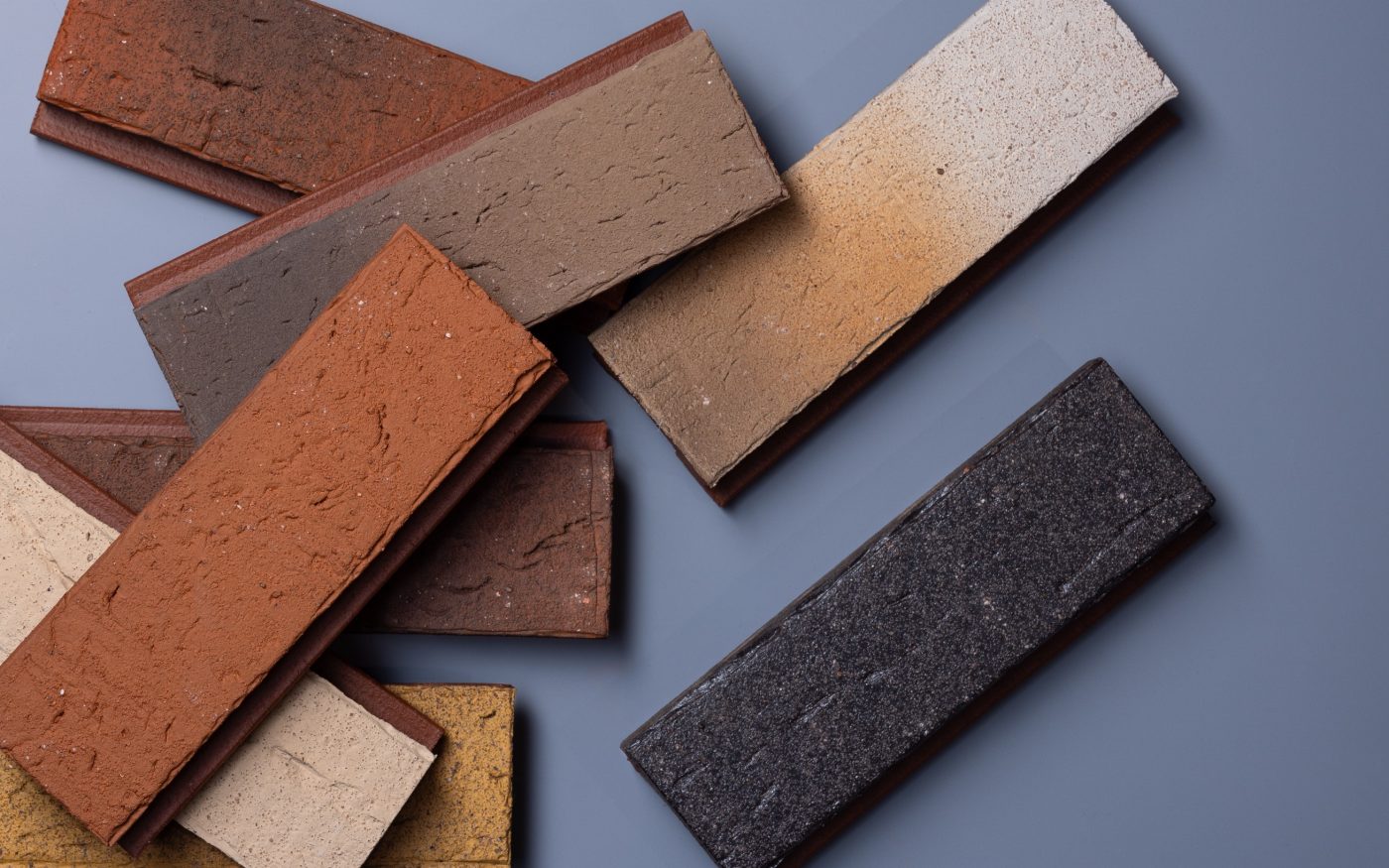
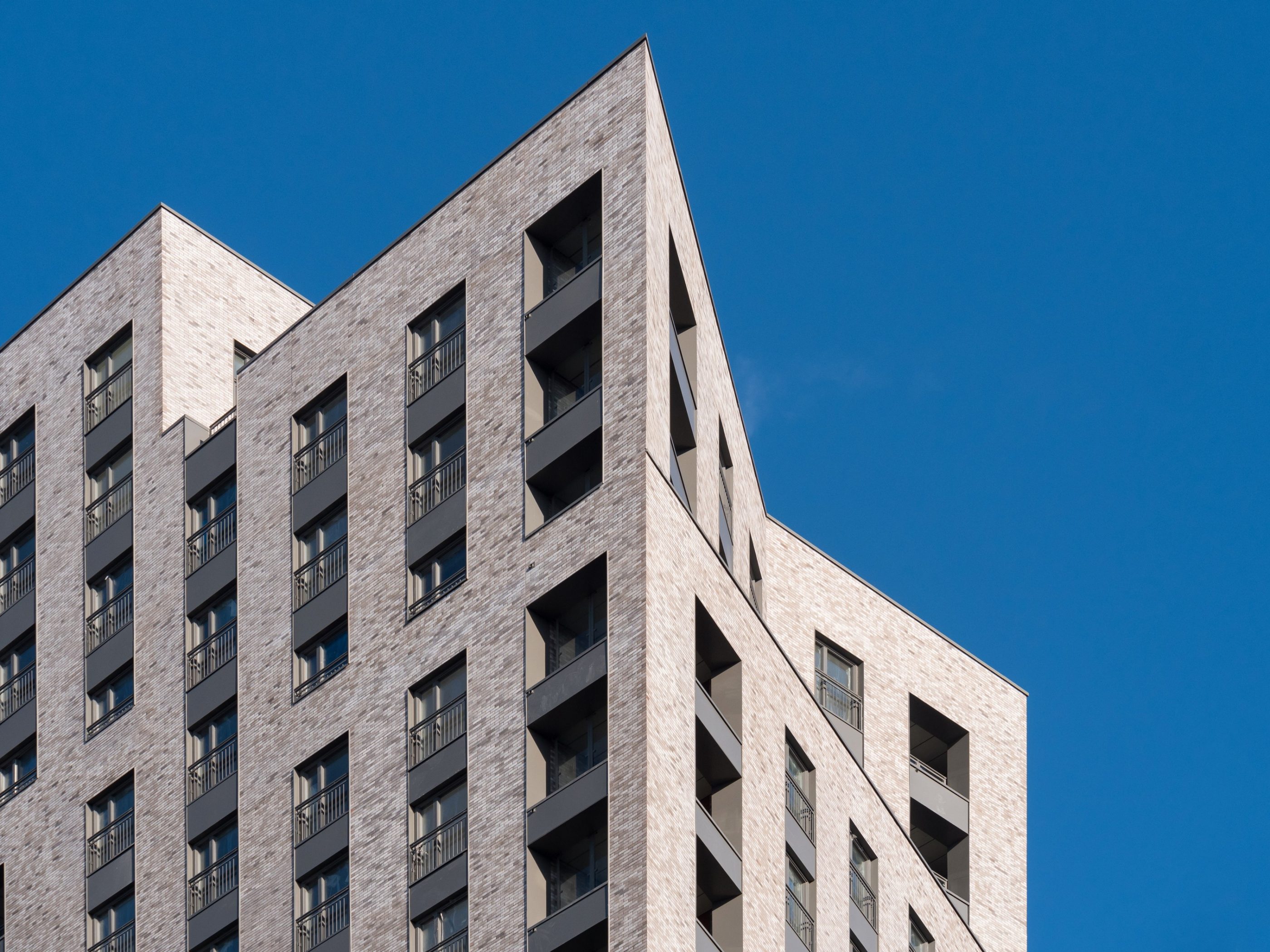.jpg)